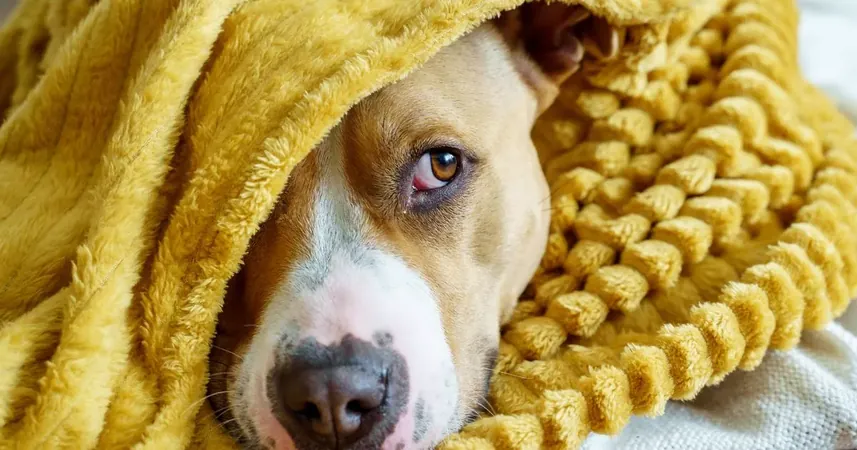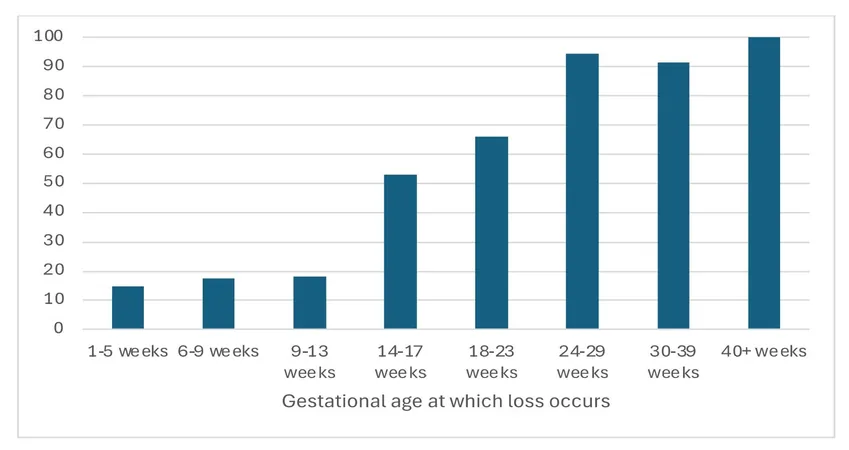
Shocking Signs Your Pet May Be Suffering from Severe Cold: What Every Pet Owner Needs to Know!
2024-11-18
Author: John Tan
As wintry weather grips many regions, pet owners must remain vigilant about keeping their furry friends safe from the harsh effects of cold temperatures.
Recent advice from PDSA Vet Nurse Nina Downing highlights critical signs of hypothermia in pets and offers essential first aid tips that could be life-saving.
Hypothermia occurs when an animal's body temperature drops to dangerous levels. "It can be very serious and, if not treated quickly, it can cause their body to shut down, which can be fatal," warns Downing. Recognizing the symptoms early could make the difference between life and death for your beloved pet.
Key Hypothermia Symptoms to Watch For:
1. **Shivering:** Pets usually shiver to generate heat, but prolonged exposure to cold can lead them to stop shivering entirely.
2. **Drowsiness and Confusion:** A pet may seem disoriented, less active, or unusually lethargic.
3. **Pale Gums:** This is a concerning sign indicating reduced blood circulation.
4. **Collapse or Loss of Consciousness:** This marks the severe end of the hypothermia spectrum.
Immediate First-Aid Measures for Hypothermia:
- If your pet is wet, gently dry them with a towel.
- Wrap them in warm blankets, making sure to cover both under and over them.
- If conscious and willing, offer them lukewarm water to sip.
- Gradually increase their surrounding temperature; avoid rapid temperature changes to prevent burns.
- Always consult your veterinarian after any incident, even if they seem to recover.
Expert Tips for Keeping Pets Safe This Winter:
- Ensure pets have a warm, cozy bed located in a draft-free area inside your home.
- Never allow pets to stay outside for extended periods; access to shelter is crucial.
- For outdoor-loving cats, ensure they can return indoors easily, and consider alternative entry points to prevent obstacles caused by ice or snow.
- Never leave pets in parked cars, as temperatures can plummet rapidly inside, even with the heater running.
- Special care is needed for young, elderly, underweight, or sick pets—they are more susceptible to cold. Limit outdoor time for these pets and provide them with extra bedding and warmth.
Don't forget about small furry companions! Bring their hutches inside, ideally into a sheltered garage or shed, and ensure they have plenty of bedding and water that's regularly checked for freezing.
Dog Walking Tips in Winter:
For dogs, regular walks remain essential for physical and mental health, even under chilly conditions. Here are some precautions:
- Walk during daylight when it's warmer, and consider shorter walks to keep them safe.
- Some dogs, particularly those with thin fur, may need a coat for added warmth—ensure it fits properly and allows freedom of movement.
- Dry your dog immediately after a walk, especially if they get wet.
- Keep dogs on leashes around frozen bodies of water to prevent accidents.
- Check your dog's paws after returns home, as snow can accumulate between toes and irritate pads. A warm water rinse and trimming hair between toes can help prevent discomfort.
This winter, by staying alert to the signs of hypothermia and following expert advice, you can help your pet enjoy the frosty season safely. Remember, a little preparation can go a long way in protecting your four-legged friends from the cold!



 Brasil (PT)
Brasil (PT)
 Canada (EN)
Canada (EN)
 Chile (ES)
Chile (ES)
 España (ES)
España (ES)
 France (FR)
France (FR)
 Hong Kong (EN)
Hong Kong (EN)
 Italia (IT)
Italia (IT)
 日本 (JA)
日本 (JA)
 Magyarország (HU)
Magyarország (HU)
 Norge (NO)
Norge (NO)
 Polska (PL)
Polska (PL)
 Schweiz (DE)
Schweiz (DE)
 Singapore (EN)
Singapore (EN)
 Sverige (SV)
Sverige (SV)
 Suomi (FI)
Suomi (FI)
 Türkiye (TR)
Türkiye (TR)